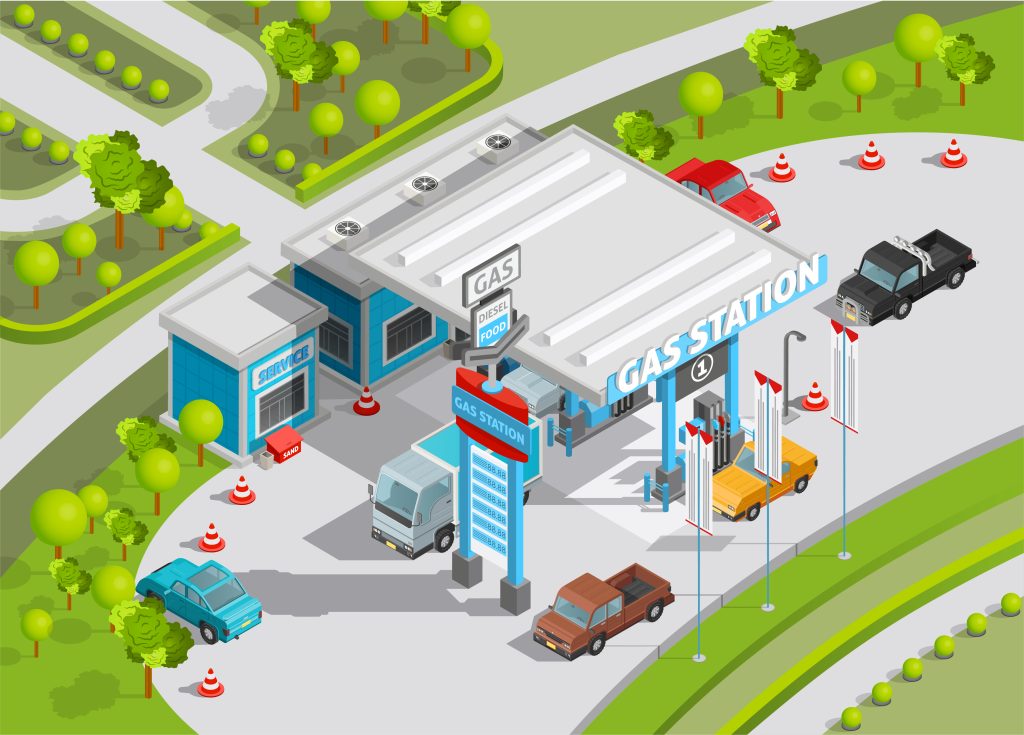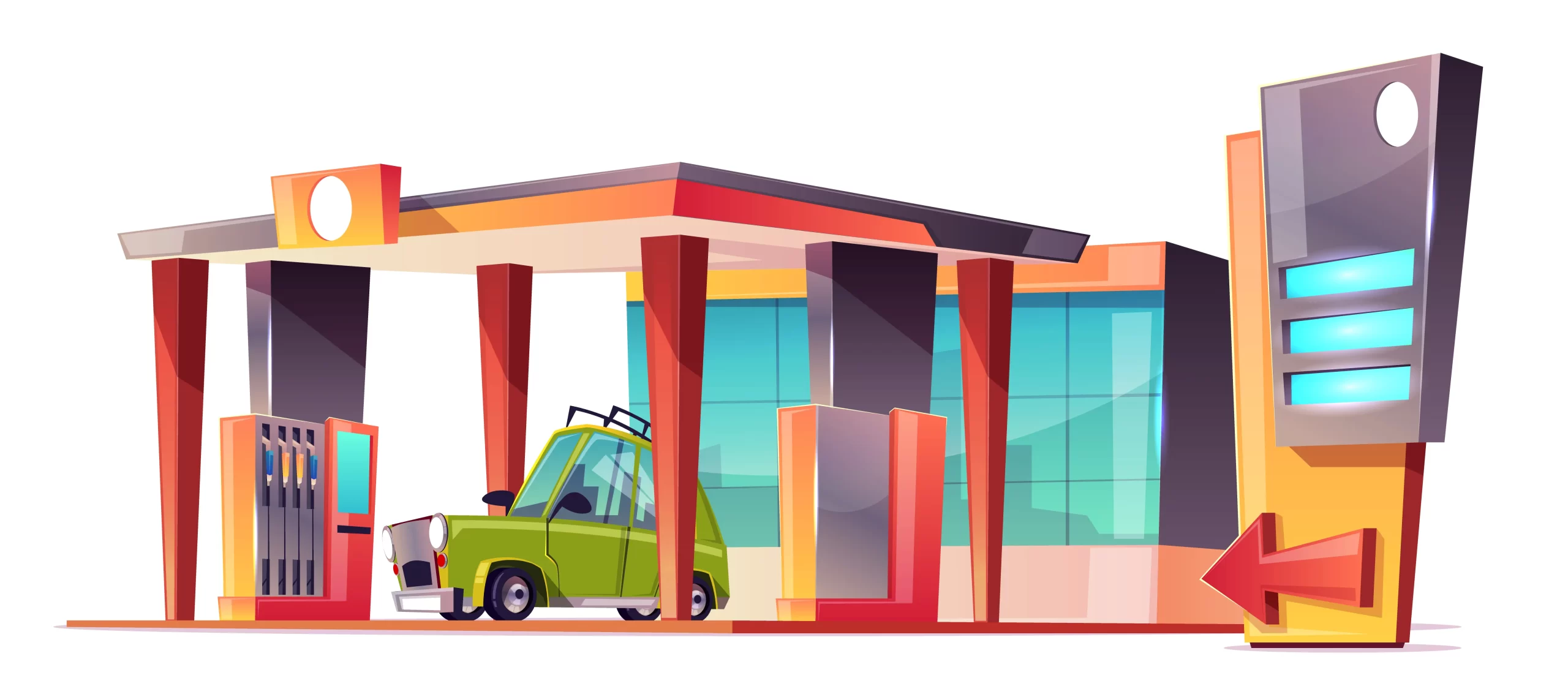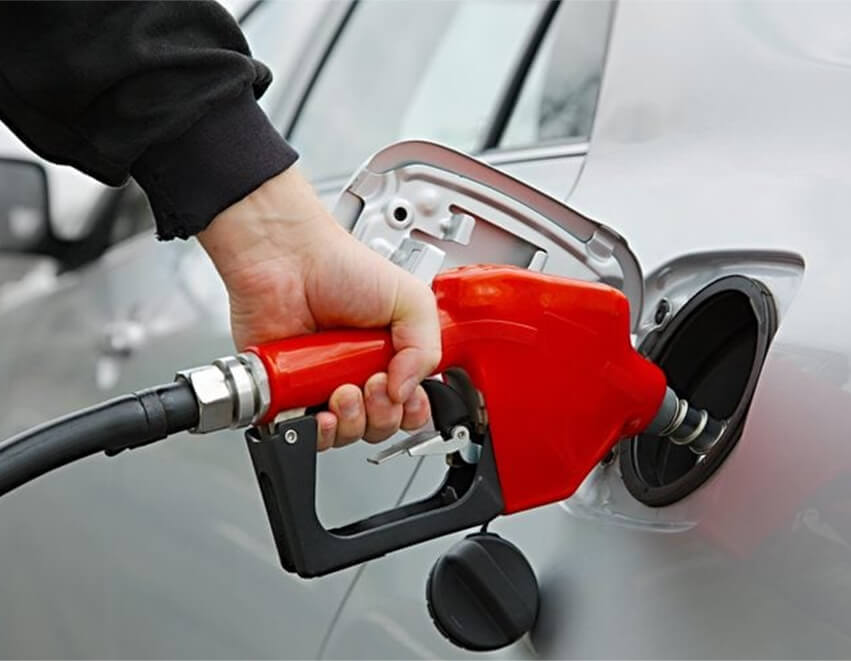The energy industry in the Philippines has been experiencing significant growth, driven by the country’s expanding economy and increasing demand for fuel. Starting a small fuel station can be a lucrative business venture for entrepreneurs looking to tap into this thriving market. However, navigating the regulatory landscape and understanding the intricacies of the fuel industry—which […]

The energy industry in the Philippines has been experiencing significant growth, driven by the country’s expanding economy and increasing demand for fuel. Starting a small fuel station can be a lucrative business venture for entrepreneurs looking to tap into this thriving market.
However, navigating the regulatory landscape and understanding the intricacies of the fuel industry—which is crucial for success—is a different story.
In this post, we will walk you through the essential steps to start a small fuel station in the Philippines.
Before diving into the fuel business, conduct thorough market research to understand the demand and competition in the area where you plan to establish your fuel station.
Consider factors such as population density, traffic flow, and proximity to other fuel stations. A feasibility study will help you assess the potential profitability of your venture and identify any challenges you might face.

To learn more details and conduct market research step by step
The fuel industry is heavily regulated in the Philippines, and compliance with legal requirements is paramount.
Obtain the necessary permits and licenses from government agencies such as the Department of Energy (DOE) and the local government unit (LGU). Familiarize yourself with the relevant laws, such as the Downstream Oil Industry Deregulation Act of 1998, to ensure your operations align with the legal framework.
Choosing the right location for your fuel station is also important for its success. Look for areas with high vehicle traffic, accessibility, and sufficient space for fuel storage tanks and other facilities. Ensure compliance with zoning regulations and obtain approval from the local government for your chosen site.
Develop a comprehensive business plan that outlines your initial investment, operating costs, and revenue projections. Consider factors such as land acquisition, construction costs, equipment, and working capital. Securing funding through loans or investors may be necessary, so present a well-researched and convincing business plan to attract financial support.
Want to learn how much cost to open a gas station?
Once you have secured your chosen site and funding, proceed with the construction of your fuel station. Hire reputable contractors to build the infrastructure, including fuel dispensers, underground storage tanks, canopy, and convenience store if applicable. Ensure all construction activities adhere to safety and environmental standards.

Looking for Fueling Equipments with BEST PRICE?
Invest in high-quality fuel dispensing equipment and implement modern technology for inventory management, sales tracking, and security. Adopting a point-of-sale (POS) system can help streamline transactions and enhance customer experience. Additionally, install safety features such as fire suppression systems to comply with industry standards.
Explore Our Fueling Equipmens>>>
Establish agreements with reputable fuel suppliers. Negotiate terms and conditions, including pricing, delivery schedules, and quality standards. Building strong relationships with suppliers is important for ensuring a reliable and consistent fuel supply for your station.
Hire knowledgeable and customer-oriented staff to manage your fuel station. Provide comprehensive training on safety protocols, customer service, and handling emergencies. Well-trained employees contribute to a positive customer experience and enhance the overall reputation of your business.
Develop a strong brand identity for your fuel station and implement effective marketing strategies to attract customers. Utilize traditional advertising channels such as signage, flyers, and local media, as well as digital platforms like social media. Loyalty programs and promotions can also help build a loyal customer base.
As part of your commitment to responsible business practices, adhere to environmental regulations and implement safety measures. Regularly inspect and maintain equipment to prevent leaks and ensure the safe storage and handling of fuel. Conduct regular safety drills for your staff to prepare them for emergencies.
Starting a small fuel station in the Philippines requires careful planning, adherence to regulations, and a commitment to excellence in customer service and safety. By following these steps and staying informed about industry developments, you can position your fuel station for success in a dynamic and growing market.
Are you looking for fuel dispensers for your gas station? We can help.
AOCHENG is a manufacturer of fuel dispensers including portable gas dispensers tailored for agricultural and industrial applications. We also provide larger fuel dispensers specifically designed to cater to the needs of gas stations.
Visit OUR WEBSITE or GET IN TOUCH with us for more information!




